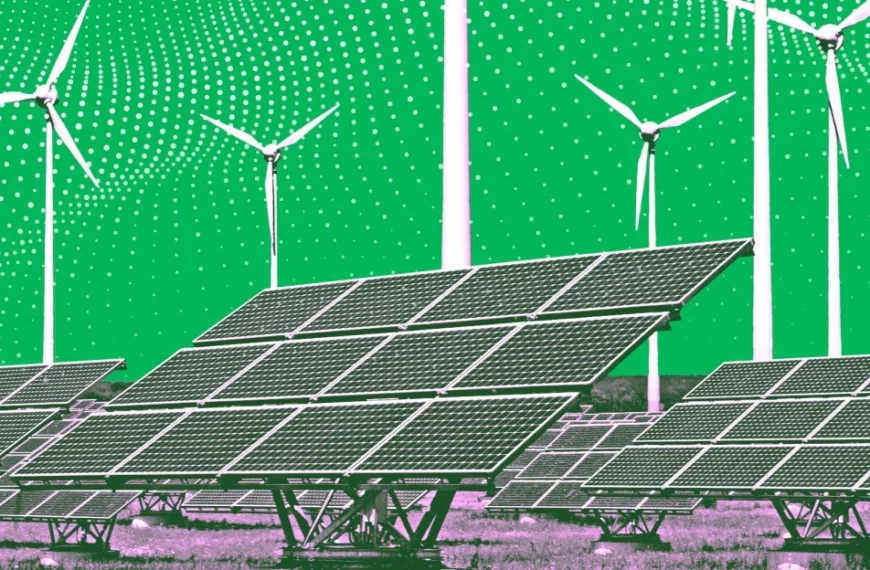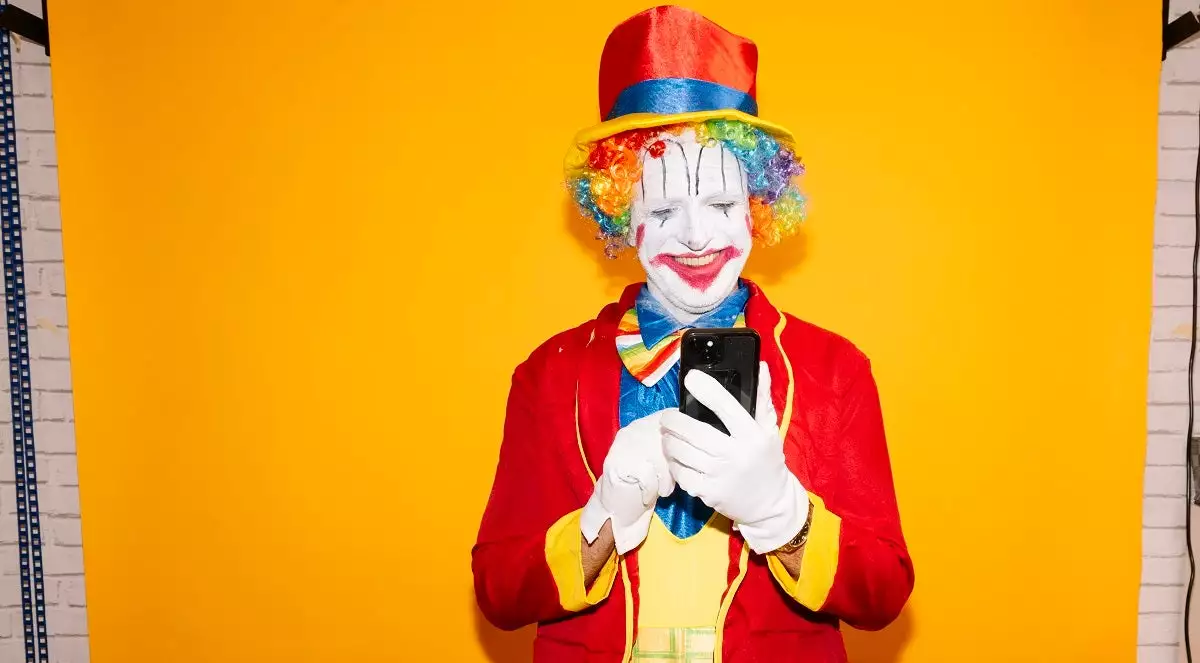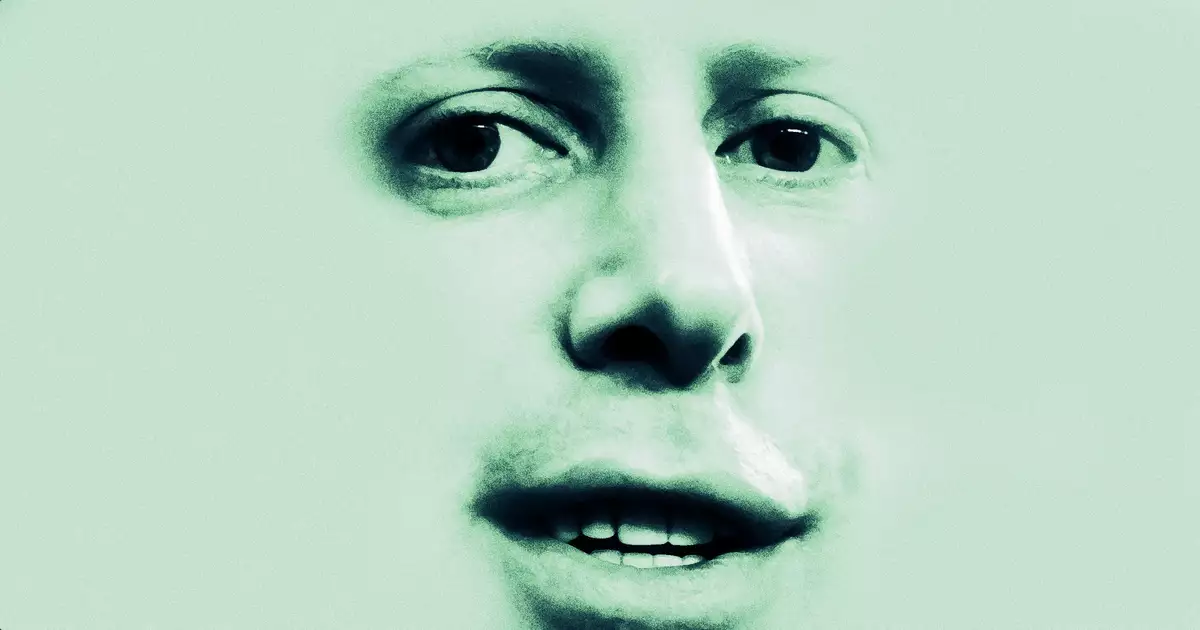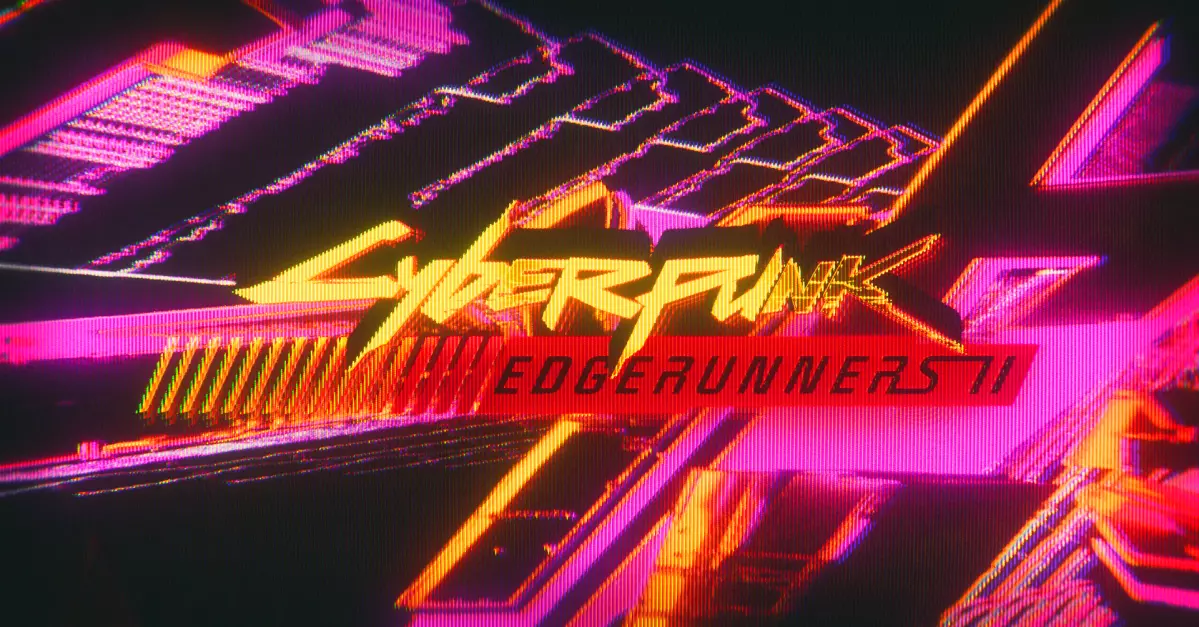The digital age, for all its conveniences, has ushered in an era of unprecedented challenges, particularly in the realm of misinformation. Recently, a video has taken the internet by storm, allegedly featuring President Joe Biden unleashing a tirade of expletives against his adversaries. However, the video isn’t real; it’s a sophisticated AI-generated deepfake. This digital illusion has sparked a flurry of reactions, ranging from disbelief to amusement, while simultaneously raising serious concerns about the implications of such technology.
The deepfake video in question shows a seemingly irate President Biden seated at the iconic Resolute desk in the Oval Office, passionately addressing some of the negative comments directed at him. The video even bears the logo of PBS, lending an air of authenticity to the fabricated clip. As the video gained traction on social media, PBS swiftly issued a statement disavowing any involvement, clarifying that the video neither featured President Biden nor had any authorization from the broadcaster. PBS emphasized that it does not condone the alteration of news videos or audio, a poignant reminder of the ethical standards that should govern journalism.
While some users were quick to point out the video’s dubious authenticity with a hefty dose of sarcasm, stating it looked real enough to be convincing, it’s evident that the video was crafted with the intent to deceive. The watermark on the video revealed that it was created by an X user known as “Prison Mitch,” an account notorious for posting deepfake content. Although skeptical viewers might easily discern the video’s artificial nature, the realism it achieves is sufficient to mislead many unsuspecting individuals, thereby necessitating multiple fact-checks to dispel the misinformation.
Deepfake technology, while impressive, harbors a dark side that extends beyond harmless parodies. One of the most troubling applications of deepfakes has been in the realm of non-consensual pornography, where AI is used to superimpose the faces of school girls and celebrities like Taylor Swift onto explicit content. This malicious use of technology not only invades privacy but also causes significant psychological harm to the victims. Moreover, deepfakes have begun to infiltrate the financial sector, with hackers using the technology to impersonate individuals and siphon off vast sums of money, as evidenced by a case where hackers fooled employees at the Hong Kong branch of an international corporation, absconding with over $25 million.
Addressing the menace of deepfakes is no small feat. Proposed solutions include embedding digital watermarks, developing sophisticated detection software, and implementing labels that certify the authenticity of images and videos. However, these measures are far from foolproof in our rapidly evolving information landscape. The pace at which deepfake technology is advancing often outstrips the development of countermeasures, creating an ongoing cat-and-mouse game between creators and detectors.
As we navigate this digital labyrinth, society must remain vigilant and critical of the content we consume. While technology continues to evolve, fostering a culture of media literacy and skepticism can help mitigate the impact of deepfakes, ensuring that truth prevails in the face of digital deception.



 By
By
 By
By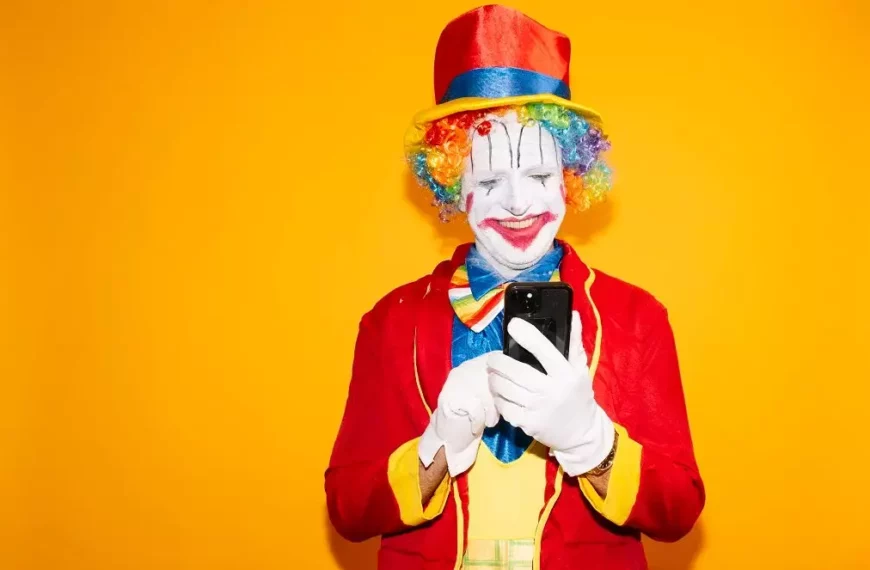
 By
By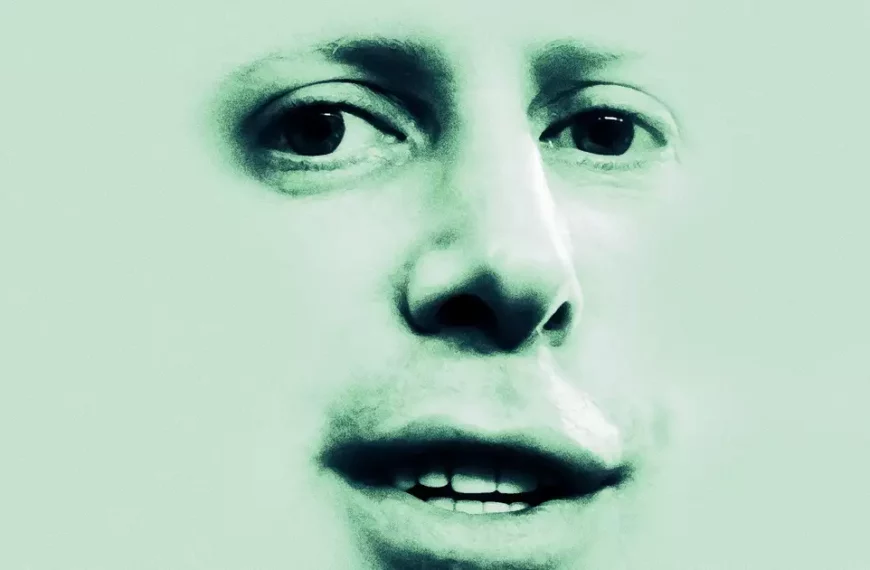
 By
By
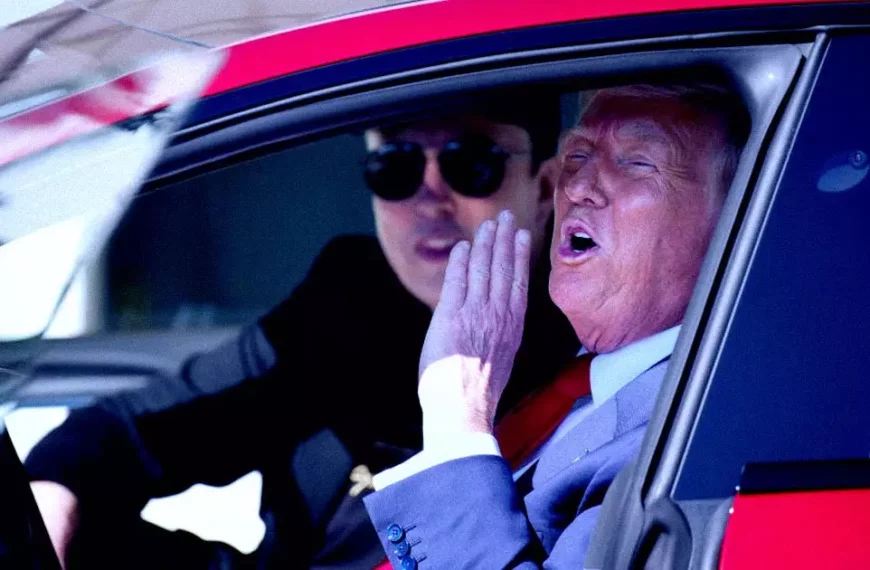
 By
By
